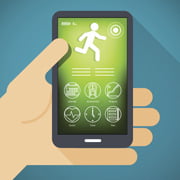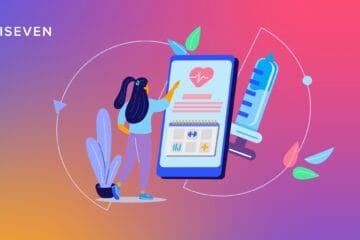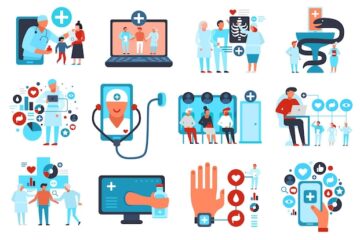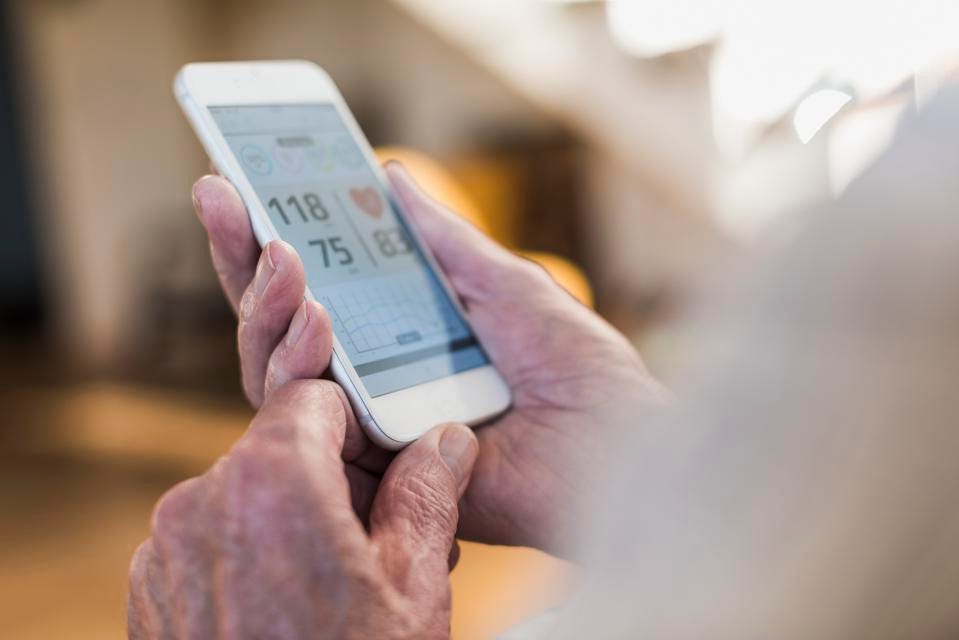
Patient-generated health data (PGHD) opens up an opportunity for providers to incorporate patients as partners and managers in their own healthcare.
Defined by the ONC as “health-related data created, recorded, or gathered by or from patients (or family members or other caregivers) to help address a health concern,” PGHD helps providers gather patient insights and integrate them into clinical care.
PGHD includes health histories, biometric data gathered through Internet of Things devices, or lifestyle data gathered through fitness or nutrition apps. This data is aggregated and managed by the patient, and is sometimes integrated into the physician EHR to help better inform care.
As the healthcare industry continues to shift in a patient-centered and value-based direction, demanding more patient engagement and better data to manage patients across the care continuum, how are some healthcare professionals are incorporating PGHD into their practices?
Chronic disease management
Because patients create and manage PGHD, it is optimal for chronic disease management. When patients collect data through remote monitoring tools or nutrition and fitness apps, they are capturing data points from the times in between care encounters.
PGHD could potentially enhance clinical care if patients report it to their physicians and physicians integrate it into their workflows.
While few physicians can access the raw data from a patient’s Fitbit or calorie counter, patients can utilize communication tools to alert their provider of an issue in their data. For Donna Cryer, a transplant survivor, this capability made all the difference in her recovery and care management.
“Using these tools – a wireless scale and bracelet-style activity tracker – my doctors and I have been able to assess intervention effectiveness, adjust dosages, unearth side effects, and clarify decision points,” she said in a Health IT Buzz blog post.
“Without the objective measure provided by my activity tracker, we would be basing our decision on my subjective assessments of getting worst… By putting my data to work for me, we can now do better.”
Point-of-care patient engagement
PGHD can also optimize patient-provider communication and engagement during office visits. Patients who collect data using a mHealth app or wearable can bring that information to appointments and use it to discuss better care plans with their physicians.
A recent study of home blood pressure monitoring showed that patient-generated health data is helpful in sparking conversation between patients and providers.
Blood pressure patients at four health systems – The Billings Clinic, Wilmington Health, Cornerstone Health System, and the Community Physician Network – received blood pressure monitoring devices that produced patient data remotely.
“It really opened up the conversation,” said Barbara Holloway, RN, BSN, part of the Billings Clinic’s Center for Clinical Translational Research. “When they were taking [the wireless blood pressure monitor] in to see their doctor, it gave them something to point to and show [their readings.] And the doctors really liked that feedback from patients.”
Providers also used patient data, which was synced with patient smartphones, to create personalized care plans. After 18 months, patient blood pressure improved by up to 70 percent, depending upon the health system tested.
Investigating new methods for data integration
While some healthcare professionals have shown promise in using patient-generated health data, it has yet to become widespread. According to ONC data, 37 percent of hospitals offered patient-generated health data reporting in 2015.
Some healthcare experts are working to change that. In partnership with the ONC, Accenture Federal Services has recently deployed PGHD pilot projects at Sutter Health and AMITA Health.
The pilots are intended to help the ONC published a whitepaper on best practices for utilizing patient-generated health data. The ONC may also use the pilot results to inform policies regarding PGHD integration into clinical care.
As the healthcare industry continues to value patient-centered care, provider may consider using PGHD. This data could help them see a better picture of patient care by capturing information in between visits. By letting patient-generated health data guide some patient-provider conversations, providers may be able to develop more targeted treatment plans, ultimately improving patient health.
[Source:-Patient Engadement]




